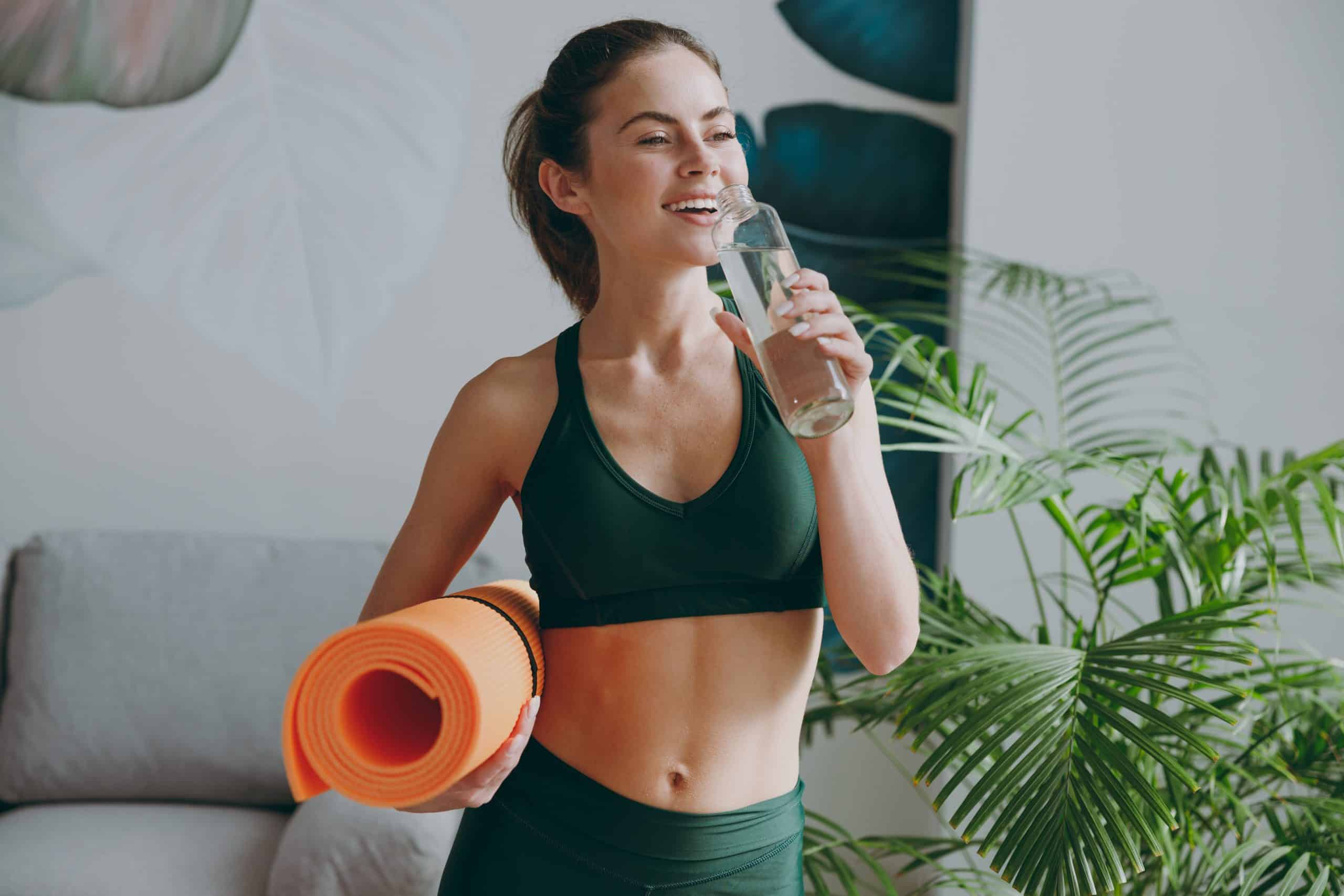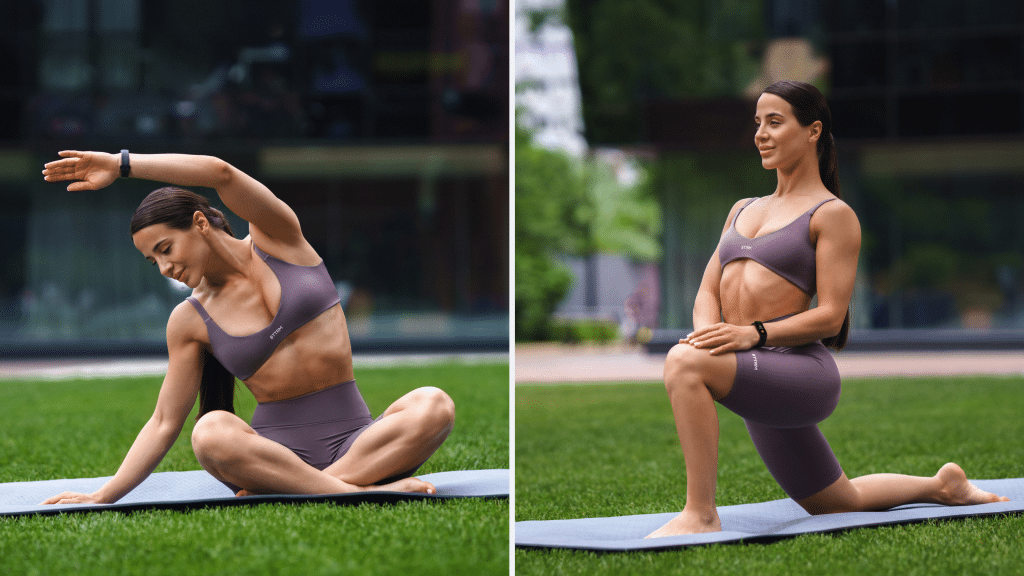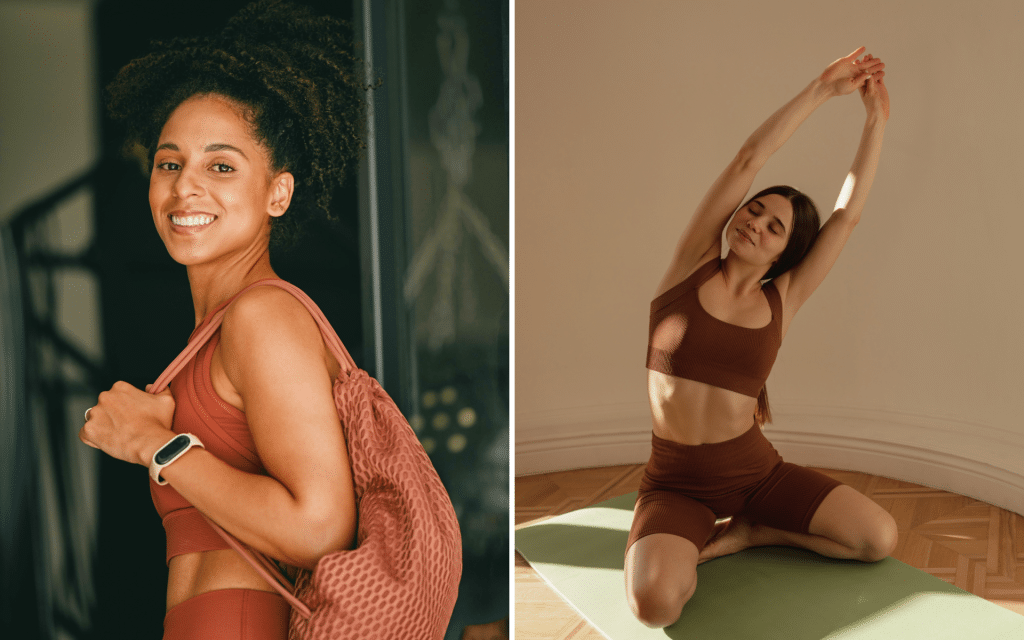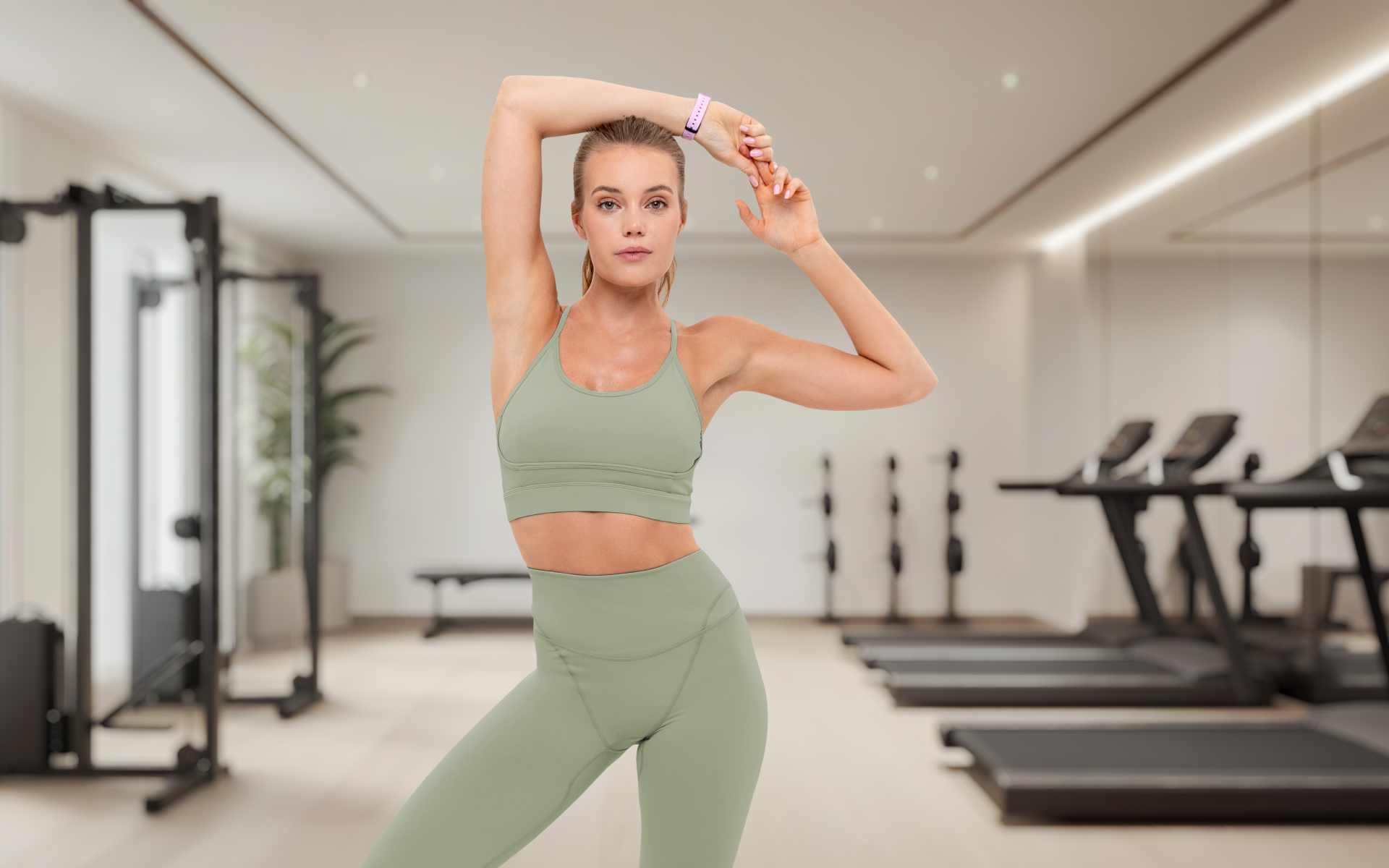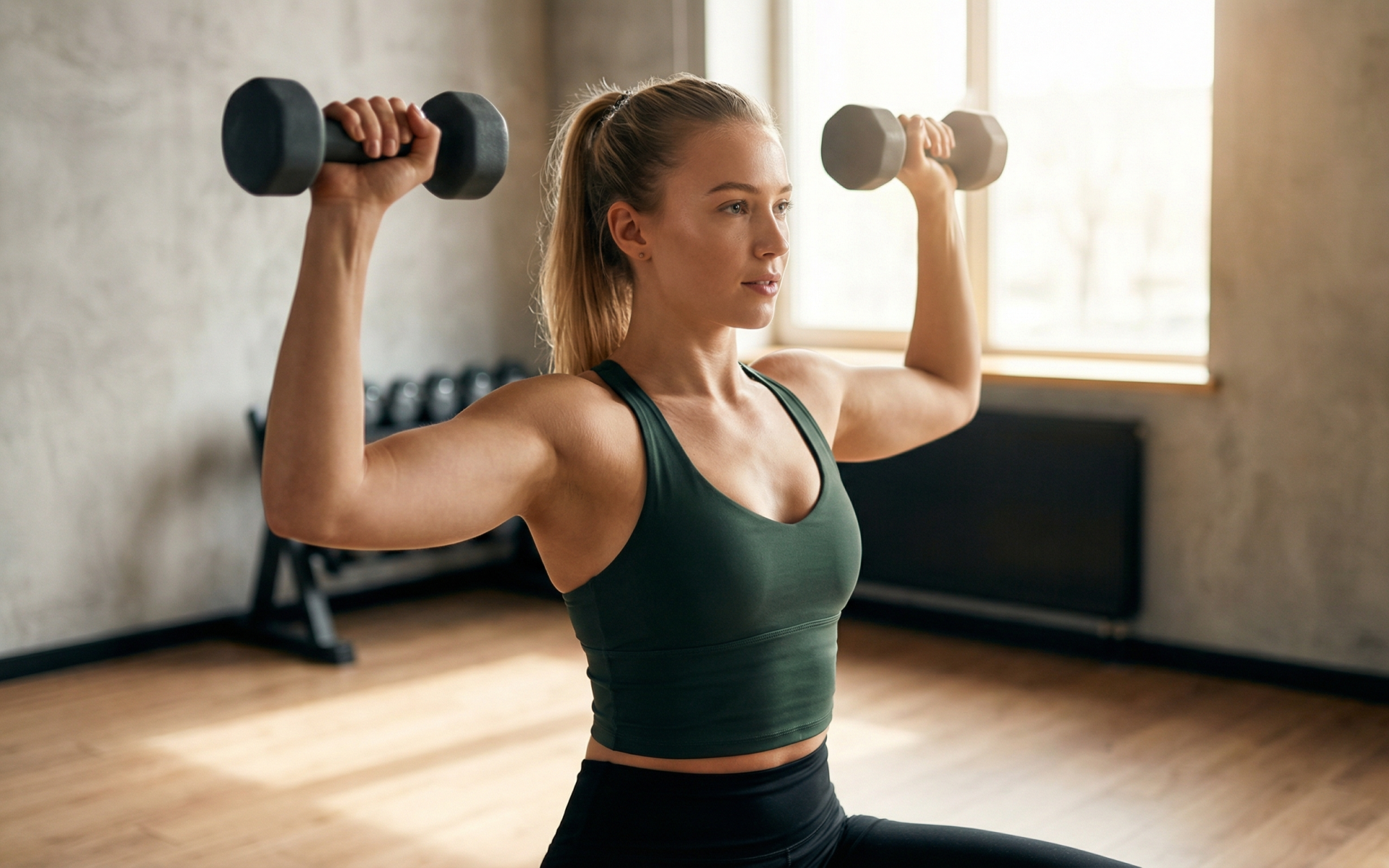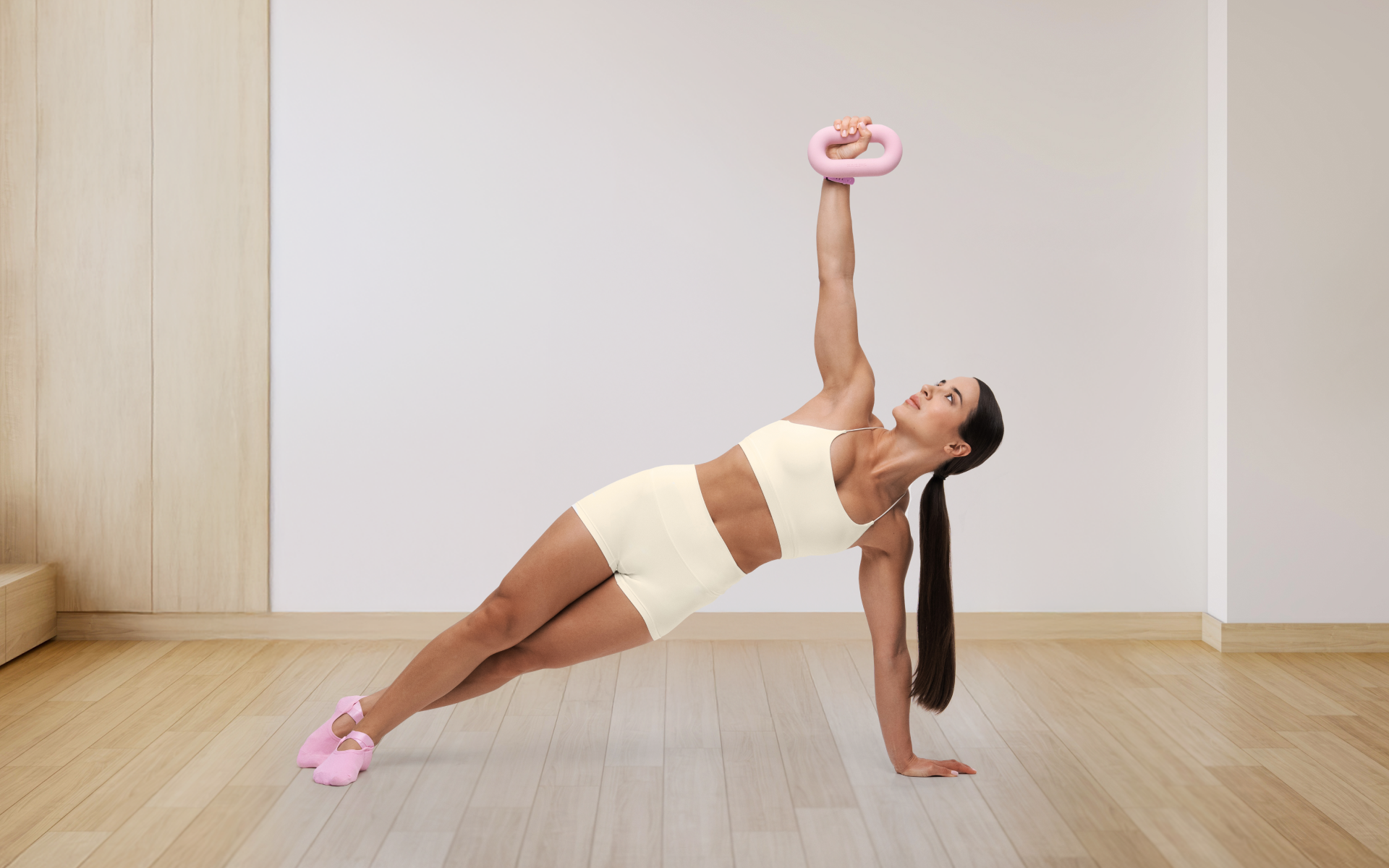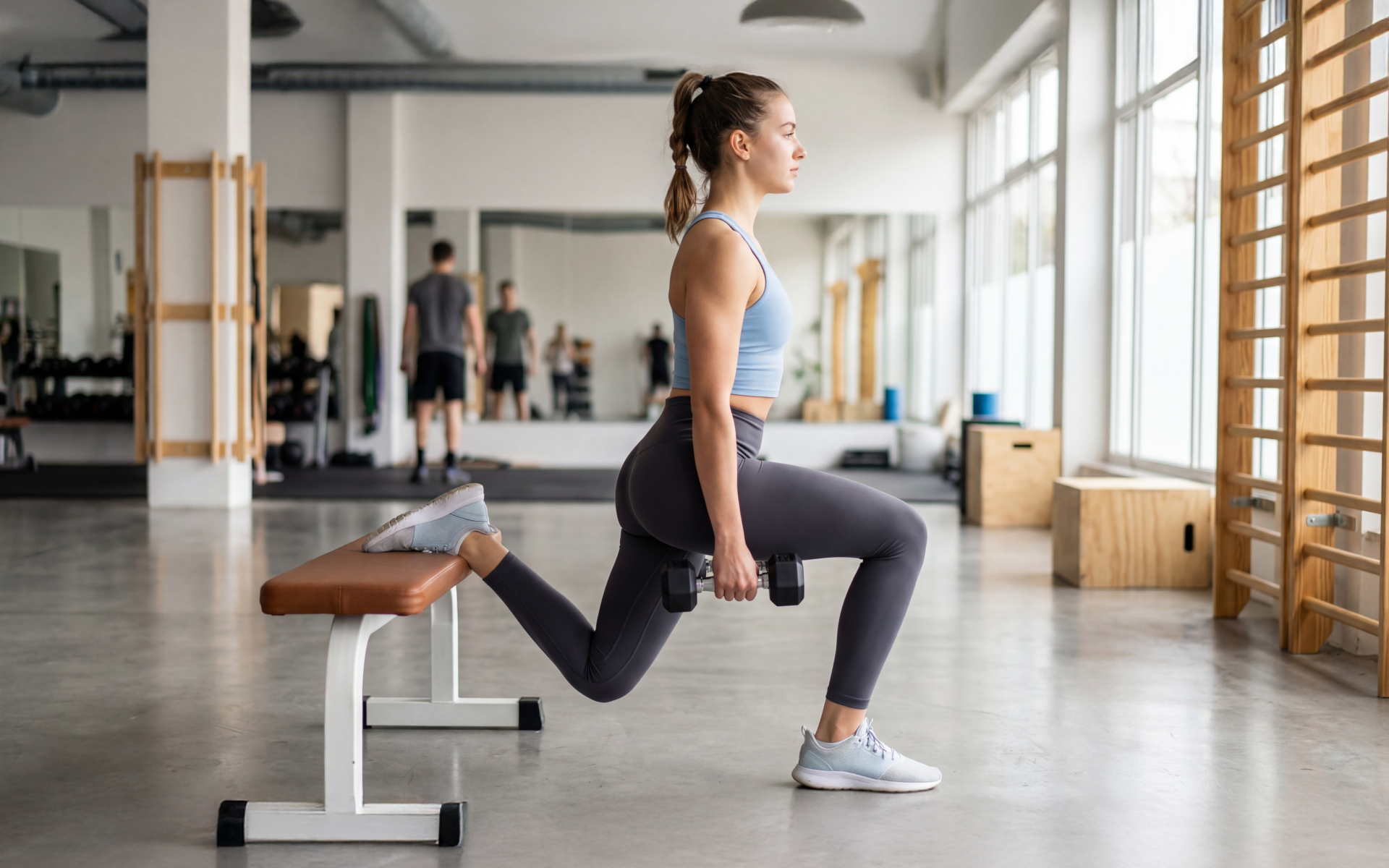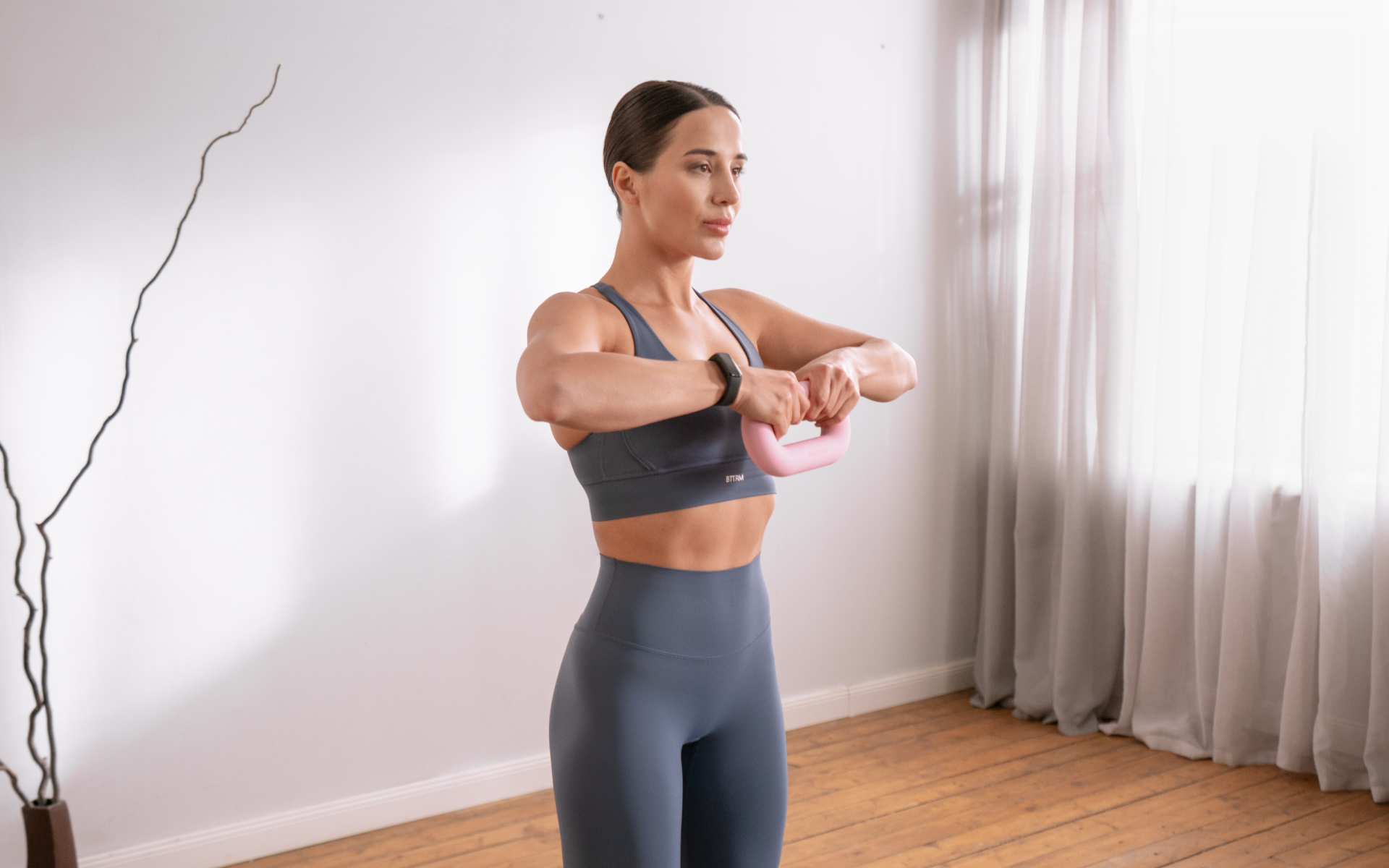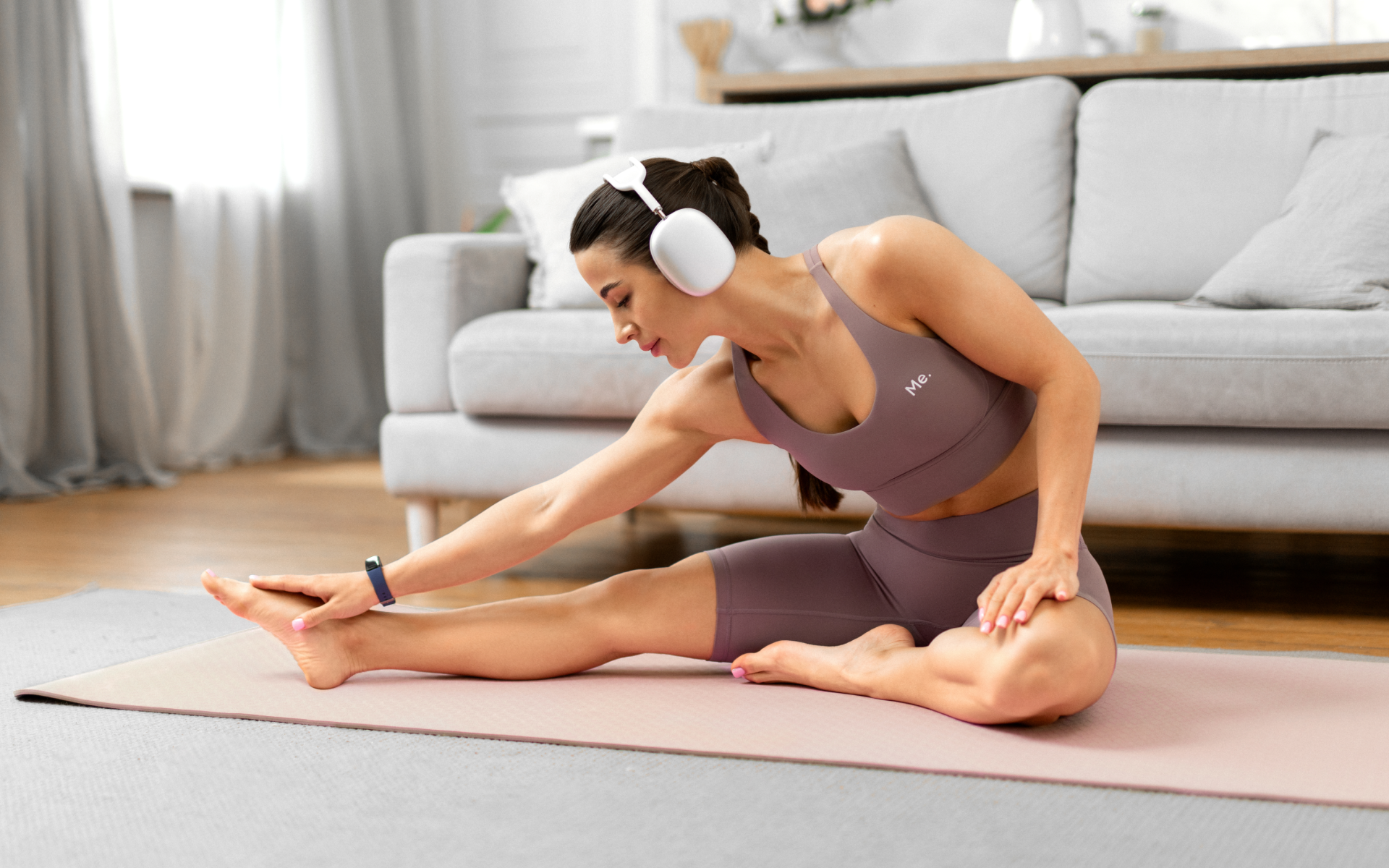Did you know your body runs on a finely tuned monthly rhythm?
It’s true!
We’re talking about the menstrual cycle – the female body’s carefully crafted mechanism. This natural process is often overlooked or dismissed, but it’s actually a masterpiece of hormonal changes that can influence your mood, energy, and even productivity.
Whether you view it as a monthly nuisance, a powerful aspect of femininity, or just “one of those things”, your menstrual cycle is an amazing biological process that’s worth understanding.
The cycle lasts between 21 to 35 days on average, although some people have shorter or longer cycles, but that’s perfectly normal too!
By getting to know your cycle, you can better understand why you may feel amazing on some days and not-so-great on others.
Spoiler alert: hormones are behind a lot of these fluctuations!
Whether you’re in sync with your cycle or just starting to pay attention, it’s time to break down the four phases so you can work with your body’s rhythm, not against it.
The Four Phases of the Menstrual Cycle and Their Differences
Menstrual Phase (Days 1-5)
We’re kicking things off with what most people recognize as their period: the menstrual phase.
This phase starts on Day 1 of your cycle when your uterus sheds its lining. For many women, this lasts anywhere from 3 to 5 days, but it can be shorter or longer (1). It’s like your body hitting the reset button, shedding the old to prepare for the new.
Levels of hormones such as estrogen and progesterone drop before your period, which leads to fatigue, mood swings, and other PMS symptoms.
During menstruation, it’s even common to experience cramps (hello, prostaglandins!), bloating, and digestive disturbances. You may feel more tired, cranky, or emotional during this time due to these hormone fluctuations (1).
And hey, that’s totally okay!
Do you ever feel like all you want to do is curl up under a blanket and binge-watch your favorite show?
Blame it on the hormones.
Use this phase to slow down, listen to your body, and practice self-care. You may be tempted to power through, but remember that rest can be just as productive as action.
Do you want to feel more energized?
To feel your best during this time, prioritize rest and hydration. Iron-rich foods such as red meat, spinach, and beans can help replenish your iron stores, which are lost due to bleeding (2).
Gentle movement, such as walking, stretching, or yoga, can improve blood flow and ease cramps (3). While the world won’t stop for your period, it’s totally okay to take it slow and treat yourself with extra care.
You deserve it!
Follicular Phase (Days 1-14)
While you’re wrapping up your period, your body is already gearing up for what comes next.
The follicular phase starts on Day 1 (yes, it overlaps with menstruation at the start) and lasts until ovulation. During the follicular phase, follicular stimulating hormone (FSH) is released from your pituitary gland, which stimulates the follicles in your ovary to mature(1).
What does this mean for you?
One lucky egg starts maturing in your ovary, getting ready for its grand debut.
During the follicular phase, estrogen is on the rise, and so are your energy levels. Many people feel more social, focused, and ready to tackle new challenges during this phase.
Have you got a big project?
Do you need to have an important conversation?
The follicular phase is the perfect time to get things done. Think of it as your body’s way of hitting the “productivity boost” button. High-intensity workouts may also feel easier during this phase, thanks to the energy boost.
Your skin may also benefit from rising estrogen levels, often appearing clearer and more radiant (4).
Fuel your energy by adding some energizing fruits such as berries and citrus and foods that are rich in protein (5). You may also notice that your skin is glowing a bit more or that your workouts feel easier. This is the magic of hormones at work!
If you feel inspired to try something new or challenge yourself, lean into it.
Your body is working with you.
Ovulatory Phase (Around Day 14)
Cue the drumroll! The ovulation phase is here.
This usually happens around Day 14 in a 28-day cycle, but everyone’s body is different, so don’t worry if yours doesn’t follow the textbook timeline.
During this phase, your mature egg is released from the ovary and travels down the fallopian tube, waiting for potential fertilization (1). Around day 14, ovulation is triggered by a surge of luteinizing hormone (LH) from the pituitary gland.
For many, ovulation is peak-energy time.
You may feel more confident, social, and even flirty.
Your estrogen levels are at their highest, which can give you a natural glow, increased libido, and a general sense of “I can conquer the world”. If you’re feeling bold, this is a great time to meet new people, tackle your fitness goals, or shine at work.
Your body is at its most fertile during this time, so if you’re trying to conceive, pay attention!
However, not everyone experiences ovulation symptoms. Some people feel a mild twinge or cramping called “mittelschmerz”, while others may have no clue their egg has launched (6).
Ovulation can also cause subtle signs such as a slight increase in body temperature and cervical mucus changes (becoming more slippery and clear) (7).
Either way, enjoy the burst of energy and confidence that this phase brings.
It’s like nature’s way of giving you a little extra skip in your step!
Luteal Phase (Days 15-28)
The luteal phase follows ovulation and is the body’s “waiting game” to see if the released egg is fertilized.
It begins immediately after ovulation and lasts until the first day of your next period (1). During this time, your body shifts gears to prepare for a potential pregnancy.
Progesterone levels rise, thickening the uterine lining in case the egg is fertilized. If it isn’t, your hormones drop and your period begins, starting the cycle over again.
This phase can be a bit of a rollercoaster.
At the end of the luteal phase, some women experience PMS (premenstrual syndrome) symptoms such as bloating, mood swings, breast tenderness, bloating, food cravings, irritability, and fatigue.
Others may notice changes in their skin or digestive system (8). It’s completely normal, but it can be challenging to manage.
The key is self-care!
Nutritionally, magnesium-rich foods such as nuts, seeds, and dark chocolate can help ease bloating and stabilize mood (9). Focus on foods that soothe you, such as bananas to help with bloating or chamomile tea to reduce stress.
You may want to slow down and prioritize rest as you approach your next period. Try to prioritize stress management, as high stress can exacerbate PMS symptoms (10). And remember, your body isn’t working against you; it’s simply going through its natural cycle.
The Follicular and Luteal Phases: The Big Picture
While we’ve broken the cycle into four phases, the entire cycle can also be seen as two main parts: the follicular and luteal phases.
The follicular phase consists of menstruation and the days leading up to ovulation, where estrogen rules the roost and energy often peaks. The luteal phase covers post-ovulation through the start of your next period, dominated by progesterone.
Understanding these broad phases can help you plan and adapt your routines. For example, high-energy activities may be more suitable for the follicular phase, while rest and reflection can be prioritized during the luteal phase.
There’s no need to fight your body’s rhythm—work with it, and you’ll feel more empowered.
How to Work with Your Cycle
Do you want to get the most out of your cycle?
Start by tracking how you feel throughout the month.
One of the best hacks is to keep a journal or use the BetterMe: Health Coaching app to note changes in your mood, energy, and physical symptoms. Over time, you’ll start to notice patterns that can guide you in making decisions that support your well-being.
Here are a few extra tips:
- Track Your Cycle: Use a journal or a period-tracking app to log your symptoms, moods, and energy levels. Get to know what your personal cycle looks like.
- Eat for Your Cycle: Tailor your diet and nutrition based on the phase you’re in. You should consume iron-rich foods during menstruation, energizing fruits and proteins during the follicular phase, antioxidants during ovulation, and calming foods such as herbal teas during the luteal phase.
- Listen to Your Body: If you feel tired, get some rest. If you have energy, go for it! Your body knows what it needs.
- Be Kind to Yourself: Your cycle is unique to you. There’s no “perfect” cycle length or experience. Embrace the changes and know that it’s all a natural part of being you.
The Bottom Line
The menstrual cycle is a beautiful, complex process that reflects your body’s incredible adaptability and strength.
By understanding each phase and how it affects you, you can harness your cycle’s power to enhance your life, not hinder it. Take a moment to reflect, journal, or simply appreciate how incredible your body is.
Remember, there’s no “perfect” cycle and everyone’s experience is unique.
So, what phase are you in today?
Understanding your own cycle is the first step toward working with it, not against it. And trust us, you’ve got this!
DISCLAIMER:
This article is intended for general informational purposes only and does not serve to address individual circumstances. It is not a substitute for professional advice or help and should not be relied on for making any kind of decision-making. Any action taken as a direct or indirect result of the information in this article is entirely at your own risk and is your sole responsibility.
BetterMe, its content staff, and its medical advisors accept no responsibility for inaccuracies, errors, misstatements, inconsistencies, or omissions and specifically disclaim any liability, loss or risk, personal, professional or otherwise, which may be incurred as a consequence, directly or indirectly, of the use and/or application of any content.
You should always seek the advice of your physician or other qualified health provider with any questions you may have regarding a medical condition or your specific situation. Never disregard professional medical advice or delay seeking it because of BetterMe content. If you suspect or think you may have a medical emergency, call your doctor.
SOURCES:
- Physiology, Menstrual Cycle (2024, ncbi.nlm.nih.gov)
- Association of Iron Depletion with Menstruation and Dietary Intake Indices in Pubertal Girls: The Healthy Growth Study (2013, pmc.ncbi.nlm.nih.gov)
- Take that, muscle cramps! (2021, health.harvard.edu)
- How Your Menstrual Cycle Affects Your Skin (n.d., centerforderm.com)
- Nutritional Considerations for a Healthy Menstrual Cycle (2019, femalehealthawareness.org)
- Mittelschmerz (2023, ncbi.nlm.nih.gov)
- Physiological Signs of Ovulation and Fertility Readily Observable by Women (2013, pmc.ncbi.nlm.nih.gov)
- Premenstrual Syndrome (2023, ncbi.nlm.nih.gov)
- Food preferences throughout the menstrual cycle – A computer-assisted neuro-endocrino-psychological investigation (2022, sciencedirect.com)
- Perceived Stress and Severity of Perimenstrual Symptoms: The BioCycle Study (2010, pmc.ncbi.nlm.nih.gov)
